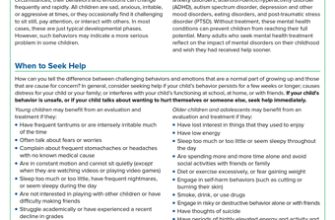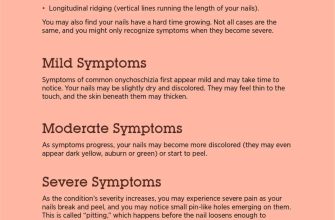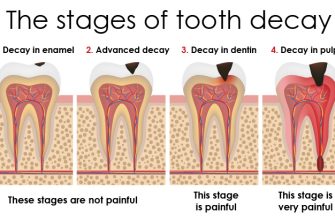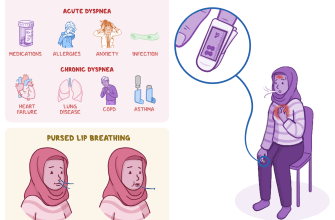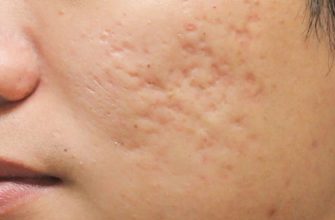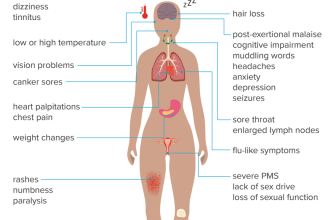Red eyes can be a common occurrence for many individuals, causing discomfort and concern. Whether it’s due to lack of sleep, allergies, or an underlying health condition, understanding the causes of red eyes and knowing what to do about it can help alleviate symptoms and promote overall eye health. In this article, we will explore the various factors that can lead to red eyes and provide valuable insights on how to effectively manage and treat this condition.
What Causes Red Eyes?
Red eyes can be caused by a variety of factors, ranging from minor irritations to more serious underlying conditions. Some common causes include:
Allergies
Allergies, such as hay fever or pet allergies, can cause redness and itching in the eyes. When exposed to allergens, the body releases histamines, which can lead to inflammation and redness. Avoiding triggers and using over-the-counter antihistamine eye drops can help alleviate symptoms.
Dryness
Dry eyes occur when the tear glands don’t produce enough tears or when tears evaporate too quickly. This can lead to redness, irritation, and a gritty sensation in the eyes. Using artificial tears or lubricating eye drops can help relieve dryness and reduce redness.
Conjunctivitis
Conjunctivitis, also known as pink eye, is an inflammation of the conjunctiva, the thin membrane that covers the white part of the eye. It can be caused by a viral or bacterial infection, allergies, or irritants. Redness, itching, and discharge are common symptoms of conjunctivitis. Treatment may include antibiotic eye drops or antihistamine medications, depending on the cause.
Eye Strain
Extended periods of reading, using digital devices, or focusing on a single task can strain the eyes and cause redness. This is often referred to as computer vision syndrome. Taking regular breaks, adjusting screen brightness, and practicing the 20-20-20 rule (looking away from the screen every 20 minutes at something 20 feet away for 20 seconds) can help reduce eye strain and alleviate redness.
Foreign Objects
Foreign objects, such as dust, debris, or contact lenses, can irritate the eyes and cause redness. It is important to avoid rubbing the eyes, as this can worsen the irritation. Instead, rinse the eyes with clean water or use saline solution to flush out any foreign objects. If the redness persists or the foreign object is embedded, seek medical attention.
What Should I Do About It?
If you are experiencing red eyes, there are several steps you can take to alleviate symptoms and promote healing:
Practice Good Eye Hygiene
Keeping your eyes clean and free from irritants is essential for maintaining eye health. Wash your hands before touching your eyes, avoid rubbing them, and remove any makeup or debris that may accumulate around the eyes. Additionally, regularly clean contact lenses and follow proper hygiene practices to prevent infections.
Use Eye Drops
Over-the-counter eye drops can provide temporary relief for redness and dryness. Look for lubricating or artificial tear drops that are preservative-free. These drops can help moisturize the eyes and reduce inflammation. However, it is important to consult with an eye care professional if symptoms persist or worsen.
Avoid Allergens
If allergies are causing your red eyes, try to identify and avoid the allergens triggering your symptoms. This may involve keeping windows closed during high pollen seasons, using air purifiers, or wearing sunglasses to protect your eyes from irritants. If necessary, consult with an allergist for further guidance and treatment options.
Take Breaks and Rest Your Eyes
If eye strain is the culprit behind your red eyes, make sure to take regular breaks when engaging in activities that require prolonged visual focus. Resting your eyes and practicing relaxation techniques, such as palming (covering your closed eyes with your palms), can help reduce redness and relieve strain.
Seek Medical Attention
If your red eyes persist, worsen, or are accompanied by severe pain, vision changes, or discharge, it is important to seek medical attention. These symptoms may indicate a more serious underlying condition that requires professional evaluation and treatment.
Conclusion
Red eyes can be caused by various factors, including allergies, dryness, conjunctivitis, eye strain, and foreign objects. Understanding the underlying cause of your red eyes is crucial in determining the appropriate treatment and management strategies. By practicing good eye hygiene, using eye drops, avoiding allergens, taking breaks, and seeking medical attention when necessary, you can effectively alleviate symptoms and promote overall eye health. Remember, if your red eyes persist or are accompanied by concerning symptoms, consult with an eye care professional for a comprehensive evaluation and personalized treatment plan.

